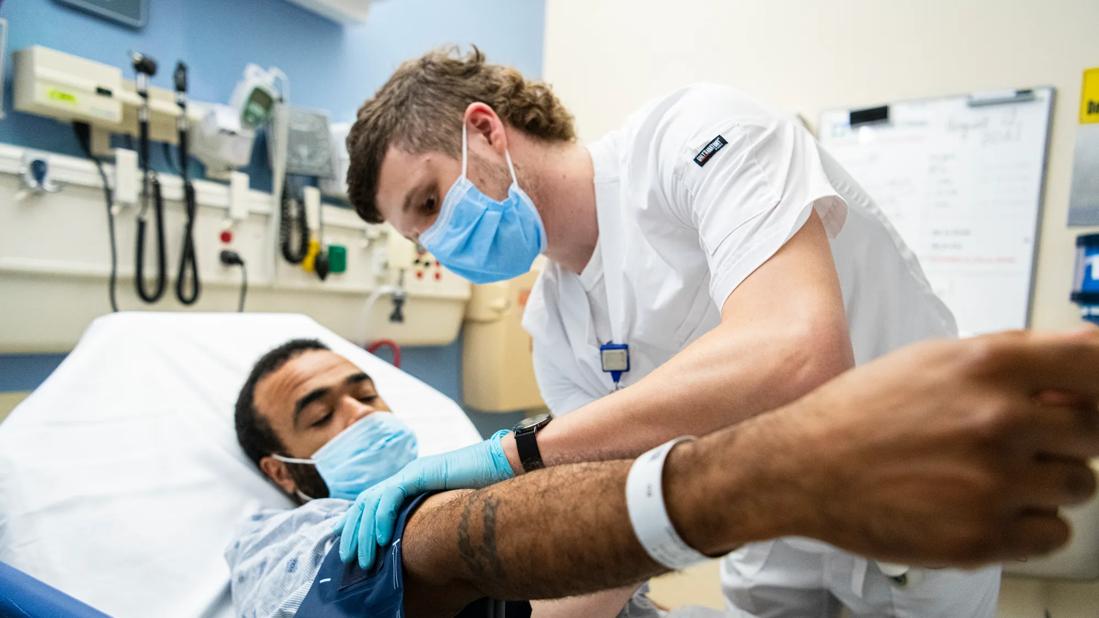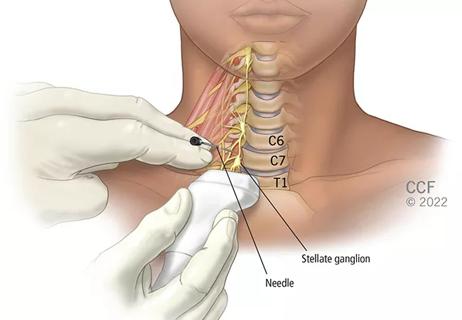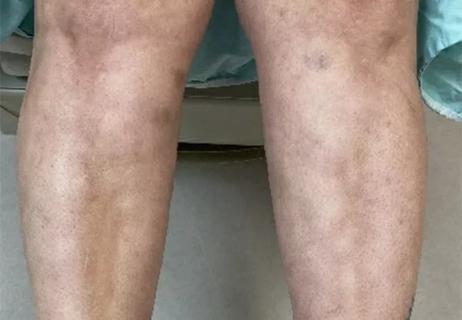Due in part to a unique infrastructure model along with consistent communication at all levels, Cleveland Clinic was able to remain agile in its response to the COVID-19 pandemic

Many hospitals were unprepared to accommodate the surge in patients associated with the COVID-19 pandemic. A recently published study in the American Journal of Disaster Medicine describes how Cleveland Clinic, a large academic medical center with a network of 10 regional hospitals throughout Northeast Ohio, developed and prepared a surge plan outline in response to the pandemic. As COVID-19 continues to place immense stress on hospital systems around the world, the authors hope this framework and their takeaways can be used to help other large hospital systems fine-tune their own response models.
Advertisement
Cleveland Clinic is a non-profit academic medical center. Advertising on our site helps support our mission. We do not endorse non-Cleveland Clinic products or services. Policy
Over the past decade, one of the emerging trends in the United States has been the consolidation of smaller hospitals into larger hospital systems. While this model offers the benefit of increased resources, not all hospital systems function alike, and there are varying degrees of integration. Cleveland Clinic is based on a model that encourages integration of its regional hospitals, and as a result, the hospital system was well-positioned for handling the strains placed on its capacity during the pandemic surge. Because the hospitals share the same electronic health care record and a universal employee credentialing process, communication across the different centers was smooth, and caregivers could be easily redeployed across the system depending on its evolving needs. This unified electronic system also eliminated some of the bureaucratic barriers that impeded other large healthcare systems.
“Large hospitals have distinct advantages over smaller hospitals simply because of the wealth of available resources at that scale,” explains Abhijit Duggal, MD, a critical care physician in Cleveland Clinic’s Respiratory Institute and the lead author of the study. “However, having high-levels of seamless integration is so important to ensuring a consistent level of care across the system. Consistent and closed loop communication is also critical to make certain that the system’s resources are being properly allocated.”
Cleveland Clinic’s Main Campus possesses six medical intensive care units (ICUs) plus 16 more at regional hospitals. To better understand the needs of the healthcare system, which change rapidly, daily virtual meetings and group texting among regional ICU leaders was established. Cleveland Clinic also uses an ICU operations team, a committee with representatives from every ICU, to improve communication, standardize best practices and share resources. During the surge, this team facilitated communication lines and outlined the specific roles and responsibilities of each group. The team also designed a strategy to integrate the ICU capacity plan to ensure that individual hospitals weren’t overwhelmed by patient volume. Conventional capacity at Cleveland Clinic’s Medical ICUs under normal conditions is approximately 270 beds. Guidelines recommend an ability to increase this number by 20% for conventional care, which can be achieved by using other ICUs in the main hospital along with other ICUs in the hospital system. In addition to these non-medical ICU beds, there is also immediate access to all 520 ICU beds across the system, which is an increase of about 200%, far above the guideline recommendation of 20%.
Advertisement
In addition to developing strategies for the ICU beds, the team also developed guides for ventilators. The plan tracked and listed the type of ventilators available by most desirable to least. This was based on the associated drawbacks of using devices other than traditional critical care ventilators. These drawbacks include a limited number of modes that can be used invasively, and there are personnel requirements for certain devices, such as monitoring and training. The respiratory therapy department created executive dashboards to provide daily updates on available invasive and noninvasive ventilators.
In addition to patient care, the pandemic presented many challenges from a protective gear standpoint. At the onset of the pandemic, personal protective equipment (PPE) was difficult to come by. Cleveland Clinic took an inventory of their stock and determined that they had enough N95 masks to last a year during typical use. In accordance with guidelines from the Centers for Disease Control and Prevention, the hospital system tried to conserve N95 masks by restricting their use to procedures with the highest risk for aerosolization and requesting that caregivers use one N95 mask per shift and place it in recycling bins at the end of their shift for professional sterilization and recirculation if supply stocks became drained.
On a more macro level, Cleveland Clinic also had to extend the capabilities of its workforce during the pandemic. This was a difficult ask since the team had to extend enough to allow safe care without extending too much and resulting in burnout. Teams were asked to adjust provider teams’ patient caps, change nurse-to-patient ratios and increase work hours, if needed. The hospital system also highlighted employee well-being programs to mitigate provider burnout. Physicians, nurses, advanced practice providers (APPs) and respiratory therapists were transferred from the central campus to some of the smaller regional hospitals that had less experience with certain aspects of critical care.
Advertisement
“This level of workforce agility was possible in large part because of the health system infrastructure that had removed some of the bureaucratic barriers that would have made these transfers difficult,” says Dr. Duggal. “The consistent communication between the various teams to understand the needs across the enterprise was also critically important here. One of our major takeaways from this project was just how important strong and consistent communication is so that teams can adapt as needs change and more information becomes available.”
Advertisement
Advertisement

Patients report improved sense of smell and taste

Clinicians who are accustomed to uncertainty can do well by patients

Unique skin changes can occur after infection or vaccine

Cleveland Clinic analysis suggests that obtaining care for the virus might reveal a previously undiagnosed condition

As the pandemic evolves, rheumatologists must continue to be mindful of most vulnerable patients

Early results suggest positive outcomes from COVID-19 PrEP treatment

Could the virus have caused the condition or triggered previously undiagnosed disease?

Five categories of cutaneous abnormalities are associated with COVID-19